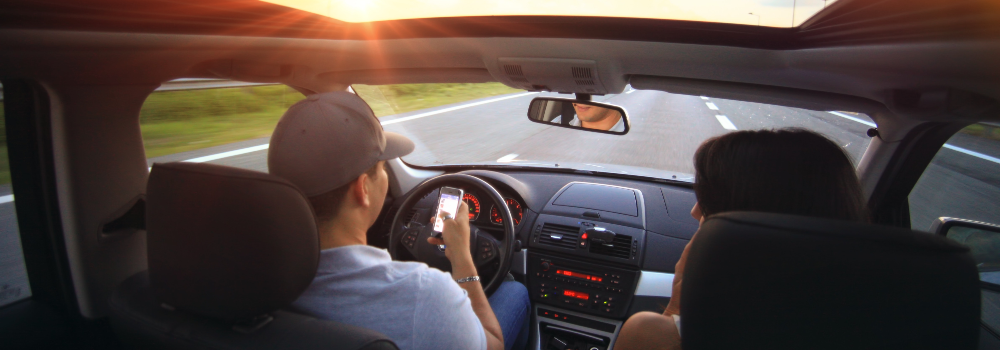To most people, distracted driving means texting, fiddling with the radio dials, or some other action that takes your hands off the wheel and your eyes off the road. However, in the new era of voice-command integrated vehicles, there are new ways to be distracted while driving.
Car technology has become so advanced that you can now make phone calls, tune your radio, and send and receive text messages without ever having to take a hand off of your steering wheel. While these advancements do help to minimize driver distraction, AAA Chairman Charles J. Kelly warns drivers that “hands-free is not risk free.”
Researchers at the University of Utah have investigated driver distraction among drivers utilizing hands-free devices. They reported that even when a driver does not take their hands off the wheel or their eyes off the road, there is still something known as cognitive distraction. Cognitive distraction is a kind of mental overload that occurs when a person tries to take on too many tasks at once. Despite the lack of physical distraction, hands-free devices were found to cause significant mental distraction, which compromised performance behind the wheel.
Not all hands-free distractions are equal. For example, listening to a text or email is much less distracting than verbally composing a message. Another factor that influences the level of distraction is the accuracy and ease of use of voice-activated systems. When a system is not troublesome, and an action can be completed with a simple command, it is less likely to pose a distraction.
Distracted driving is not something to be taken lightly. In 2012, approximately 3,300 people were killed and 421,000 people were injured in the United States because of distracted driving. These numbers are likely to increase as driver distractions increase. By 2020, it is expected that there will be 370 million vehicles on the road with built-in infotainment systems, up from 7 million today. Drivers must take it upon themselves to responsibly decide how and when to utilize these technologies while on the road.






